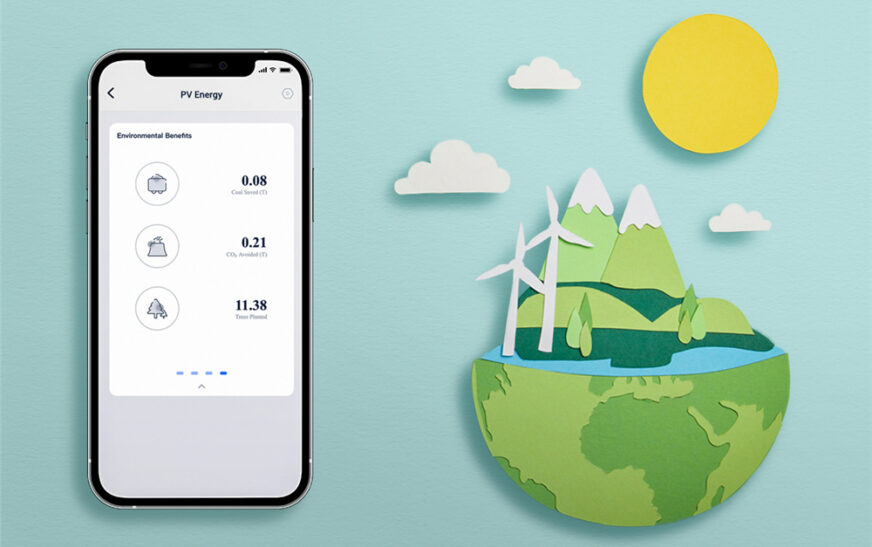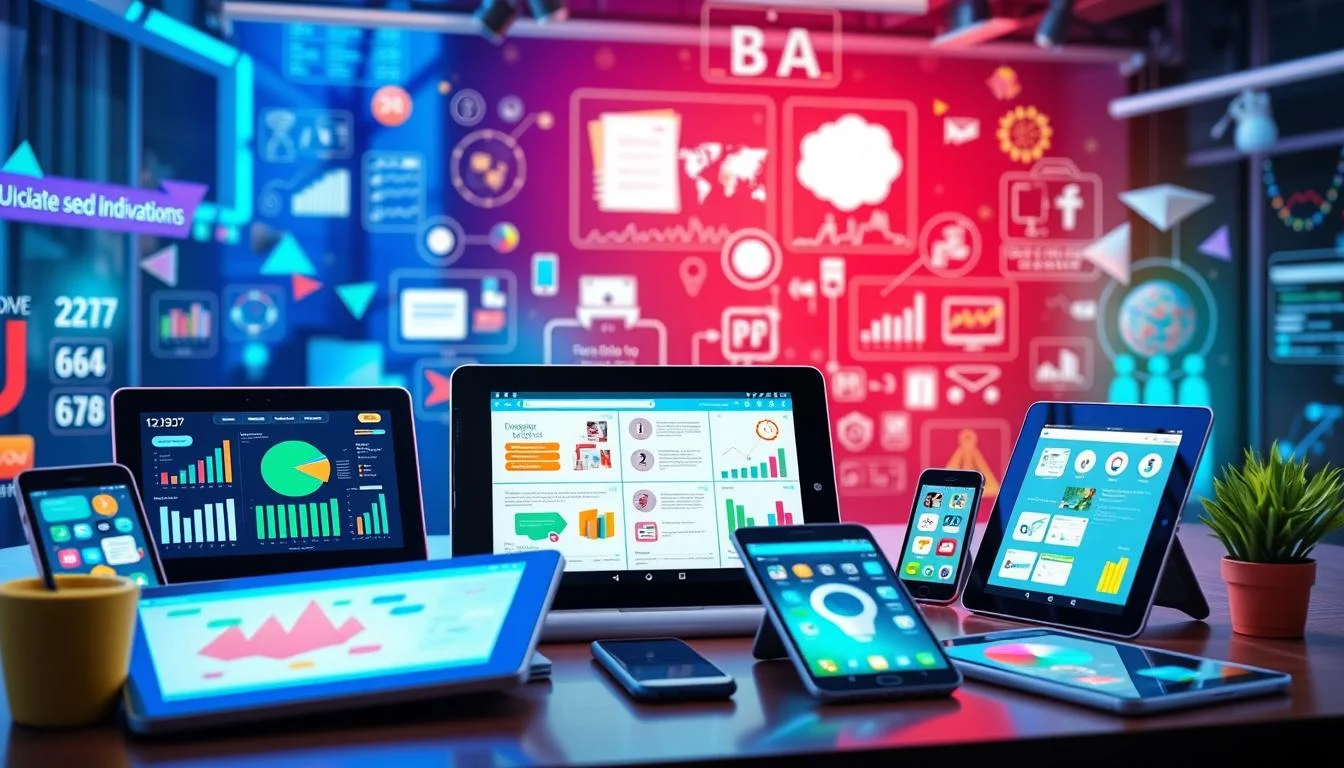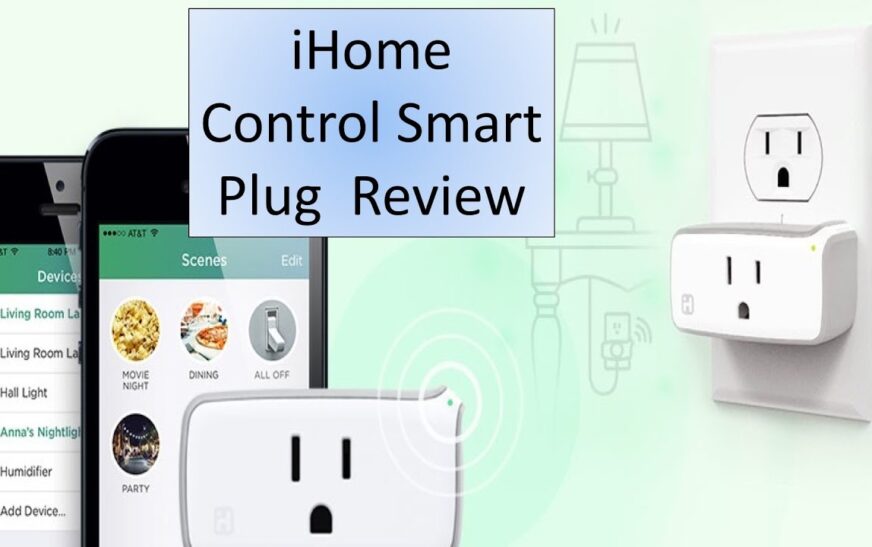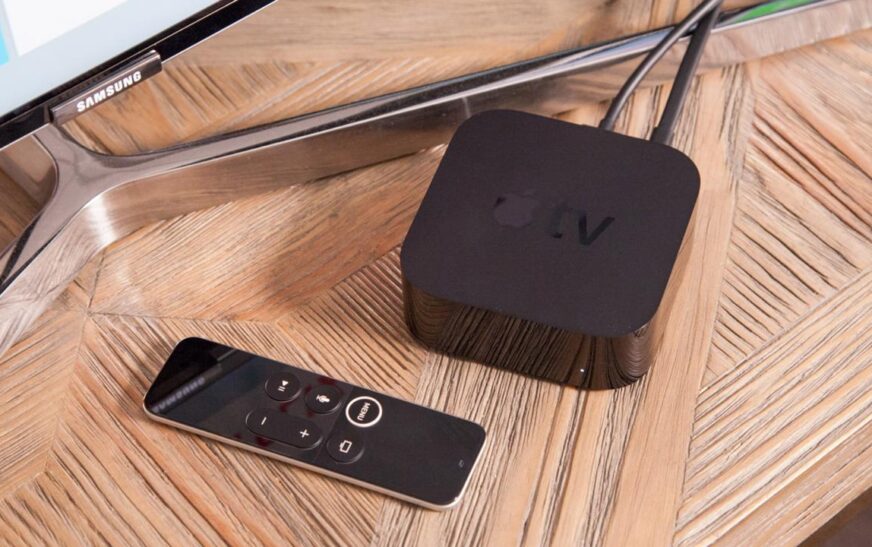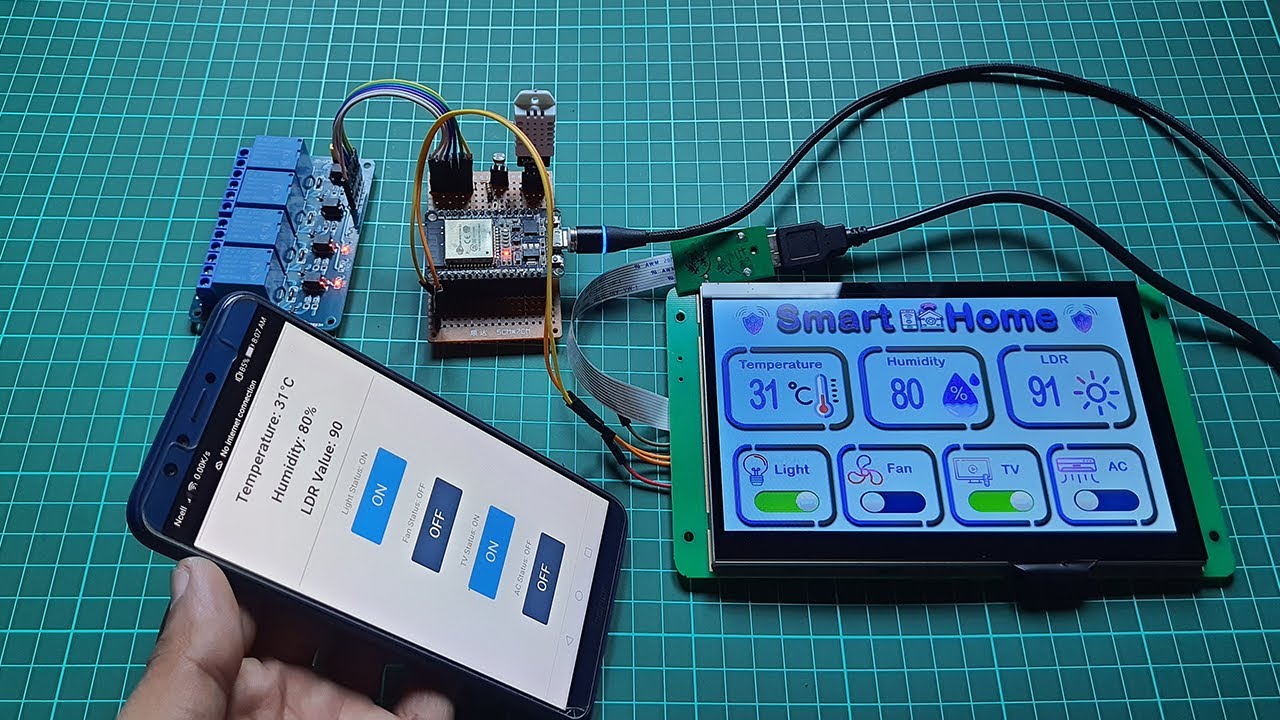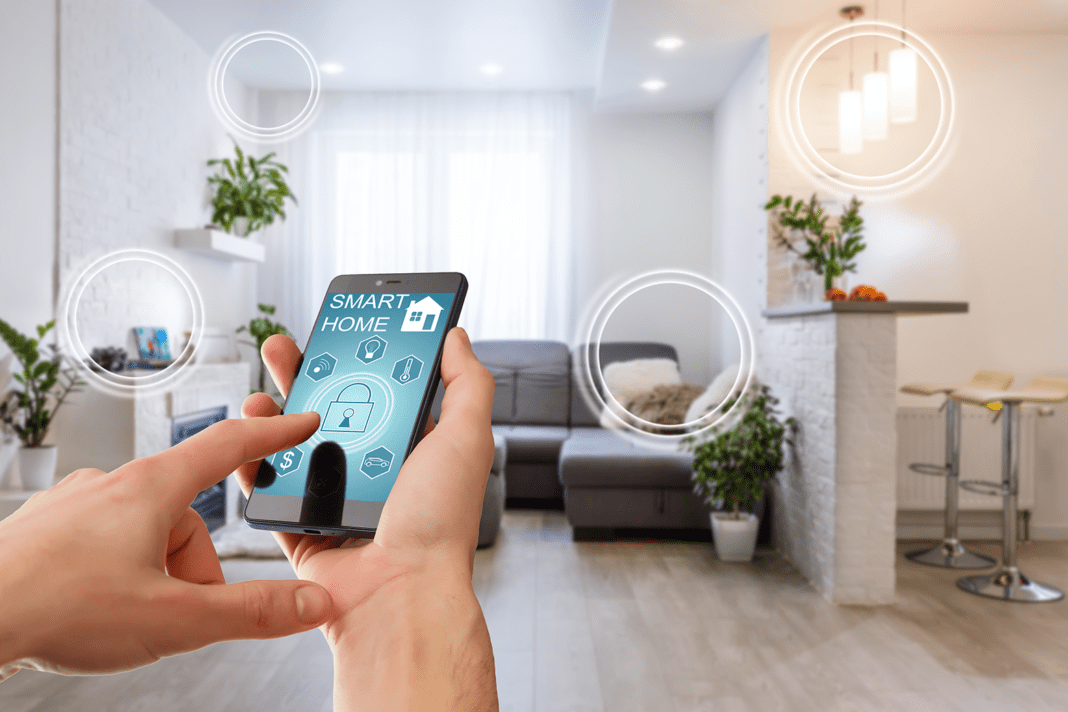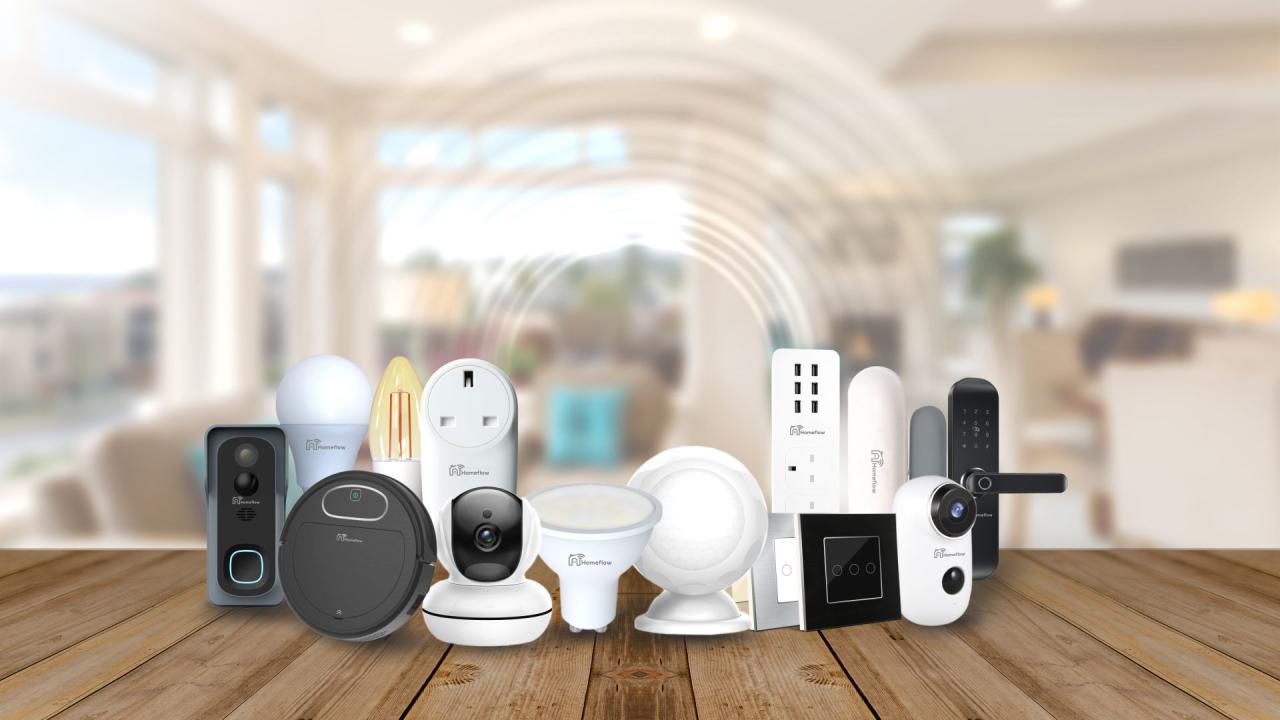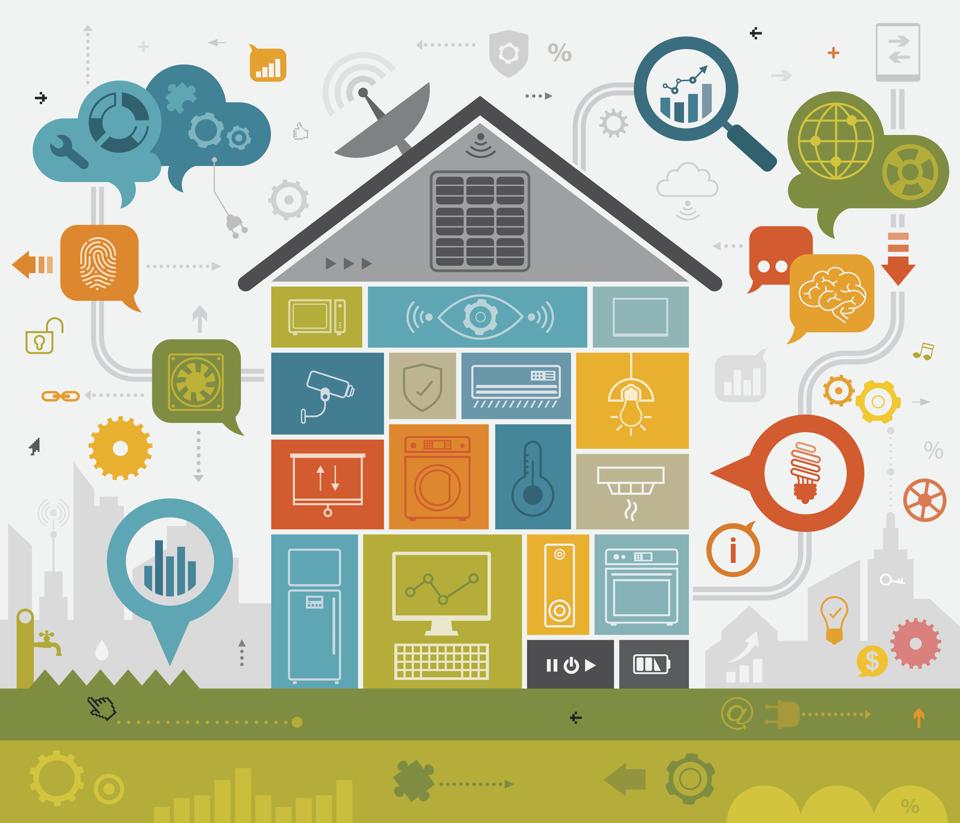As How to Use Smart Technology for Energy Efficiency takes center stage, this guide invites readers into a world where innovation meets sustainability, offering practical tips and insights on how to effectively reduce energy consumption through smart technology. From understanding the importance of smart devices to integrating them with renewable energy sources, this comprehensive overview will empower you to make informed choices for a greener future.
Importance of Smart Technology for Energy Efficiency
Smart technology plays a crucial role in improving energy efficiency by leveraging advanced features to optimize energy consumption. This technology involves devices and systems that can automatically adjust settings based on usage patterns, environmental conditions, and real-time data.
Examples of Smart Technology for Energy Efficiency
- Smart thermostats: These devices learn your schedule and preferences to adjust the temperature settings accordingly, reducing unnecessary energy consumption.
- Smart lighting systems: These systems can be programmed to turn off lights in unoccupied rooms or adjust brightness levels based on natural light, leading to significant energy savings.
- Smart appliances: Energy-efficient appliances equipped with smart technology can optimize energy usage by running at off-peak hours or adjusting settings for maximum efficiency.
Impact of Using Smart Technology on Energy Savings
Studies have shown that households using smart technology for energy management can reduce their energy consumption by up to 23%, resulting in substantial cost savings over time.
By monitoring and controlling energy usage more effectively, smart technology not only lowers utility bills but also contributes to environmental sustainability by reducing overall energy demand.
Types of Smart Technology for Energy Efficiency
Smart technology plays a crucial role in promoting energy efficiency by allowing users to monitor and control their energy consumption more effectively. Let’s explore some of the different types of smart devices that contribute to saving energy.
Smart Thermostats
Smart thermostats are designed to regulate the temperature in your home more efficiently by learning your habits and adjusting settings accordingly. They can be controlled remotely via a smartphone app, allowing you to optimize heating and cooling based on your schedule and preferences.
By reducing energy waste from heating and cooling, smart thermostats help lower energy bills and minimize environmental impact.
Smart Lighting
Smart lighting systems enable users to automate lighting schedules, adjust brightness levels, and even change colors using smart devices. By utilizing motion sensors and timers, smart lighting can ensure that lights are only on when needed, reducing unnecessary energy consumption.
Additionally, features like dimming capabilities and customizable settings contribute to energy savings by optimizing lighting usage in homes and offices.
Smart Appliances
Smart appliances such as refrigerators, washing machines, and dishwashers are equipped with advanced technologies that enhance energy efficiency. These appliances can communicate with other smart devices in your home to coordinate energy usage more effectively. For example, smart refrigerators can adjust temperatures based on usage patterns, while smart washing machines can optimize water and detergent usage for each load.
Setting up a Virtual Private Server (VPS) can be a game-changer for your online presence. With the step-by-step instructions provided in How to Set Up a Virtual Private Server (VPS) , you can create a secure and customizable environment for your website, improving its performance and reliability.
By improving energy management and reducing wastage, smart appliances contribute to overall energy savings in households.
When it comes to managing a website, it’s essential to understand the best practices for server capacity planning. By following the guidelines outlined in The Best Practices for Server Capacity Planning , you can ensure that your server can handle the demands of your site effectively and efficiently.
Installation and Setup of Smart Devices
Installing and setting up smart devices for energy efficiency is crucial to maximizing their benefits and reducing energy consumption. Follow these steps to ensure a smooth setup process:
Step-by-Step Guide:
- Choose the right smart devices based on your needs and budget.
- Read the manufacturer’s instructions carefully before starting the installation.
- Install the necessary mobile apps or software to control the smart devices.
- Follow the step-by-step guide provided by the manufacturer to connect the devices to your home network.
- Set up schedules or automation rules to optimize energy usage based on your preferences.
Tips for Placement:
- Place smart thermostats in central locations away from direct sunlight or drafts for accurate temperature readings.
- Install smart plugs near high-energy-consuming devices to easily monitor and control their usage.
- Position smart lighting systems strategically to make the most of natural light and reduce unnecessary usage.
Importance of Central Hub:
- Connecting smart devices to a central hub or network allows for seamless communication and coordination between different devices.
- Central hubs enable you to control multiple devices from a single interface, enhancing convenience and efficiency.
- Integration with a central hub can unlock advanced features like energy monitoring and data analysis for better insights into your energy usage patterns.
Monitoring and Managing Energy Usage with Smart Technology

Monitoring and managing energy usage with smart technology is a crucial aspect of optimizing energy efficiency in homes and businesses. By utilizing smart devices, users can gain valuable insights into their energy consumption patterns and make informed decisions to reduce waste and save money.
Tracking and analyzing website traffic is crucial for understanding your audience and optimizing your online presence. With the help of digital tools highlighted in Using Digital Tools to Track and Analyze Website Traffic , you can gain valuable insights to enhance your marketing strategies and drive more traffic to your site.
Real-time Data Tracking
- Smart technology enables users to track their energy consumption in real-time through connected devices such as smart meters or smart plugs.
- Having access to real-time data allows users to identify energy-intensive appliances or behaviors and adjust them accordingly to save energy.
- Users can set up alerts or notifications to stay informed about unusual spikes in energy usage, helping them take immediate action to address any issues.
Benefits of Real-time Data
- Real-time data on energy usage provides a clear picture of where energy is being consumed the most, helping users prioritize areas for improvement.
- By analyzing real-time data, users can make educated decisions on energy-saving practices and investments, leading to significant cost savings over time.
- Having access to real-time data empowers users to track the effectiveness of energy-saving measures and make adjustments as needed for optimal efficiency.
Analyzing Data and Making Adjustments
- Users can analyze energy data trends over time to identify patterns and make informed decisions on energy consumption habits.
- By setting energy usage goals and tracking progress through smart technology, users can stay motivated to achieve greater energy efficiency.
- Smart devices often offer recommendations or suggestions based on energy data analysis, helping users make smarter choices for energy conservation.
Integration of Smart Technology with Renewable Energy Sources
Integrating smart technology with renewable energy sources, such as solar panels and wind turbines, can significantly enhance energy efficiency and sustainability. By combining these technologies, users can optimize energy production and consumption, leading to a more eco-friendly setup.
Advantages of Smart Technology with Renewable Energy, How to Use Smart Technology for Energy Efficiency
- Maximizing Energy Efficiency: Smart technology can help regulate the flow of energy from renewable sources, ensuring that it is utilized effectively.
- Cost Savings: By leveraging smart energy management systems, users can reduce their overall energy costs by efficiently utilizing renewable energy.
- Environmental Benefits: The integration of smart technology with renewable energy contributes to a reduction in carbon emissions and promotes a greener environment.
Examples of Smart Energy Management Systems
There are various smart energy management systems available in the market that work seamlessly with renewable energy sources. These systems offer advanced monitoring and control features to optimize energy usage and ensure a sustainable energy setup.
One example is the Nest Learning Thermostat, which can be integrated with solar panels to intelligently adjust temperature settings based on energy production levels.
Another example is the Enphase Energy Management System, which combines solar energy production data with real-time consumption information to maximize energy efficiency.
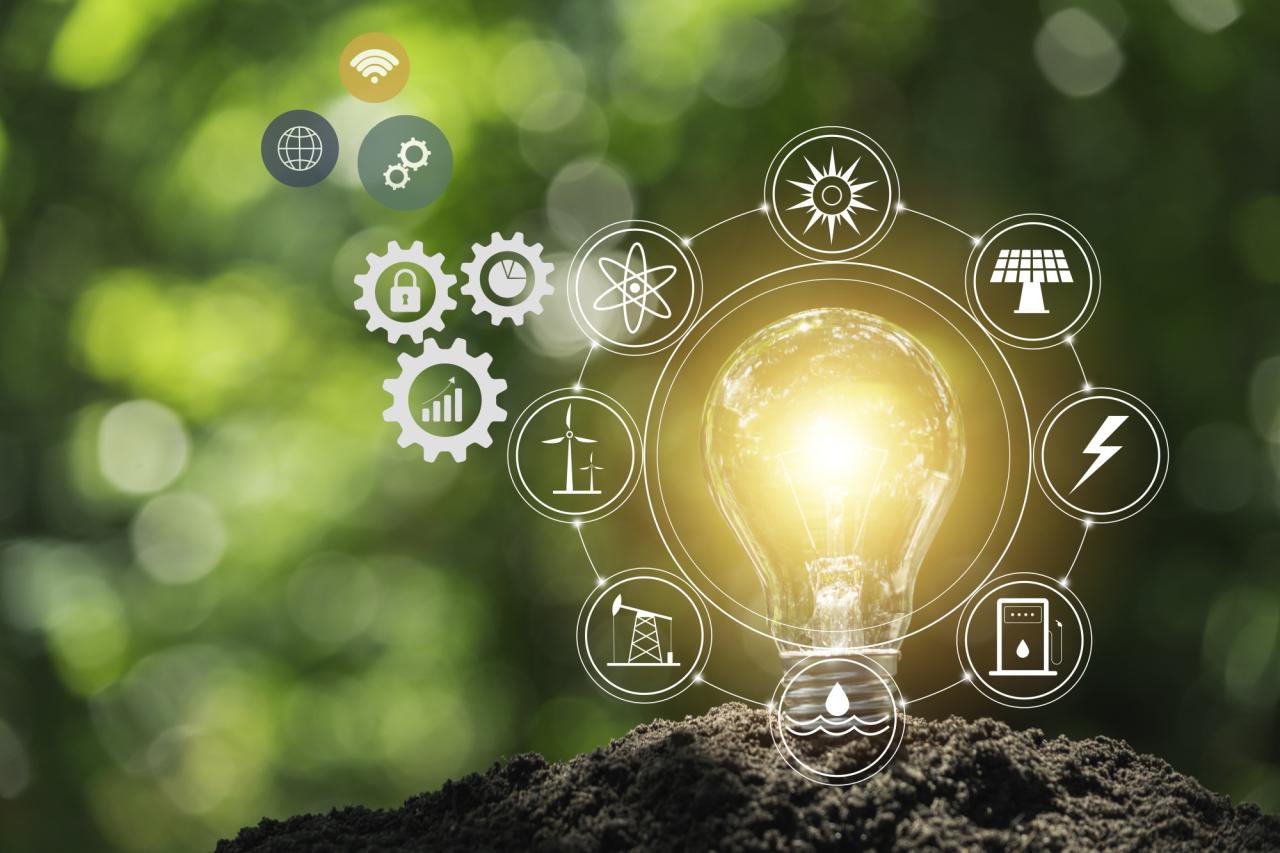
In conclusion, embracing smart technology for energy efficiency is not just about saving on bills; it’s about making a positive impact on the environment. By harnessing the power of smart devices and renewable energy sources, you can pave the way for a more sustainable and eco-friendly lifestyle.
Start your journey towards energy efficiency today and be a part of the solution for a greener tomorrow.

